Inside the Layers: A Conversation with Cutter
- Sarah Burt
- May 27
- 5 min read
Updated: Jun 26
Some artists arrive with polish. Others arrive with process. In this conversation, we meet Chris Behling—better known as Cutter—a Milwaukee-based collage artist whose work is a visceral dance between digital experimentation and analog tactility. What began as filtered snapshots on a phone evolved into layered, emotional storytelling—ripped, cut, printed, reimagined.
In our latest Artist Series interview, Cutter shares the evolution of his practice, the unexpected origins of his nickname, and how navigating a high-powered day job influences his bold, often intimate body of work. It’s a candid and compelling peek into an artist who isn’t just exploring mixed media—but mixed meaning, memory, and modern identity.
Read on to explore the story behind Cutter.

Sarah Burt: So tell me about your art?
Chris Behling “Cutter”: I’m a collage artist. I didn’t realize that until recently. But when I look back over the past 15 years, it turns out that is what I am.
Sarah: Is that why you go by the name “Cutter”?
Cutter: Ha! No, the nickname came way before the art. The nickname goes back to college and is an inside joke that relates to a movie from the 1970s. Maybe the nickname subconsciously drove me toward collage. Who knows how these things happen?
Sarah: You said you didn’t realize you were doing collage all along. What did you mean?
Cutter: When I started creating art, I was exclusively digital. I always started with photos I look on my phone. I would then edit the pics on my phone using any free app I found interesting. But then I would combine the photos, layering them to create something new. I know now that is digital collage. But I never thought of it as that and didn’t make the connection until I started doing analog collage.
Sarah: But you tend to use your own photography in your analog collage as well.
Cutter: Yeah. That is something I really like and something that hopefully sets my stuff apart a bit. I still take photos on my phone and edit them. But recently I’ve then been printing the photos and leveraging them in my analog collage. I like manipulating the images both digitally and then in physical form. I’m kind of a snob about collaging with my own images vs. found images. I need to get over that.
Sarah: And your analog work seems to use a lot of layering, much in the way you were describing your digital work. Did your digital work influence your analog work?
Cutter: It must have. But it wasn’t conscious. But you are right, my analog work includes a lot of layering.

Sarah: What’s your process for that?
Cutter: I start with a picture I really like. Then I make lots of different versions of the same photo, editing the colors and adding various filters. I then print out multiple copies of the various versions and rip them up. I then take the ripped-up variations of the same base photo and layer them on top of each other. That’s where my analog work started.
Sarah: I noticed very recently that you are also reversing your process … taking an analog collage and then digitally manipulating it.
Cutter: Yeah. It’s come full circle. I think it’s a response to me being uncomfortable with collaging only found material. I took some of my analog collages, took pictures of them and then digitally altered them. Basically digitally collaging my analog work in the same way I make analog collages from my digital work. By doing this, they feel more like mine. Like I’ve put more of a mark on them.
Sarah: Are there themes you keep coming back to in your art?
Cutter: Yeah. There’s certainly some recurring themes that must be deeply lodged in my brain. My art tends to explore relationship dynamics, playing with the light and darkness that exists in us as individuals and between couples. I play with the ideas of hyper fixation and objectification, two concepts that can distract from healthy and secure relationships. While some of the concepts are heavy, I want my art to feel positive, not negative. I am definitely creating from a place of light … not darkness. I hope that comes through.
Sarah: And where is your art headed now?
Cutter: Now that it is becoming more than a hobby, I am spending a lot more time on it, and I think I’m getting better. I’m branching out a bit. I’ve started to incorporate more found images and I’m doing more cutting, not just ripping. Feels like my more recent stuff is trying to tell a story … instead of simply capturing a feeling. The work is also running together and I’m creating multiple works around a central theme or idea. It’s like they have more to say than can be captured in a single piece.
Sarah: So where is the rest of the art?
Cutter: I have a studio in the Bayview neighborhood of Milwaukee. It’s in an old Cream City brick warehouse that used to be a tannery. I love it. Three or four of the floors have been turned into artist spaces. My studio has become a sanctuary.
Sarah: Love that … say more.
Cutter: There are two rooms. The front room is where I hang my art. But it also has a record player, some great old speakers, and comfy chairs. I like to sit there, listening to music and reading magazines. The back room is where I work. It’s just got good energy. It’s my happy place.
Sarah: So what’s next? What’s the game plan? How does your art fit into your future?
Cutter: In the immediate future, I’m heading down two paths. I am working toward a gallery show. I want to go big. I think my art is there. I’m ready. But I also am super excited about placing my art in the hotels, restaurants, and lounges that I love. Art takes on new life and dimension when it mixes with others sights and sounds. That’s what makes it really sing.
As far as my “future-future” goes … I want my second act to be as a full-time artist. Bowie said that “aging is the extraordinary process of becoming the person you were supposed to be.” I feel that. I’m starting late, but Julian Schnable … I’m coming for ya! (laughing).
Sarah: We will be watching. In the meantime, where can people experience your art?
Cutter: You can check it out at ByCutter.com or @By_Cutter on Instagram. And if anyone wants to visit the studio, they can hit me up through my website or Instagram.

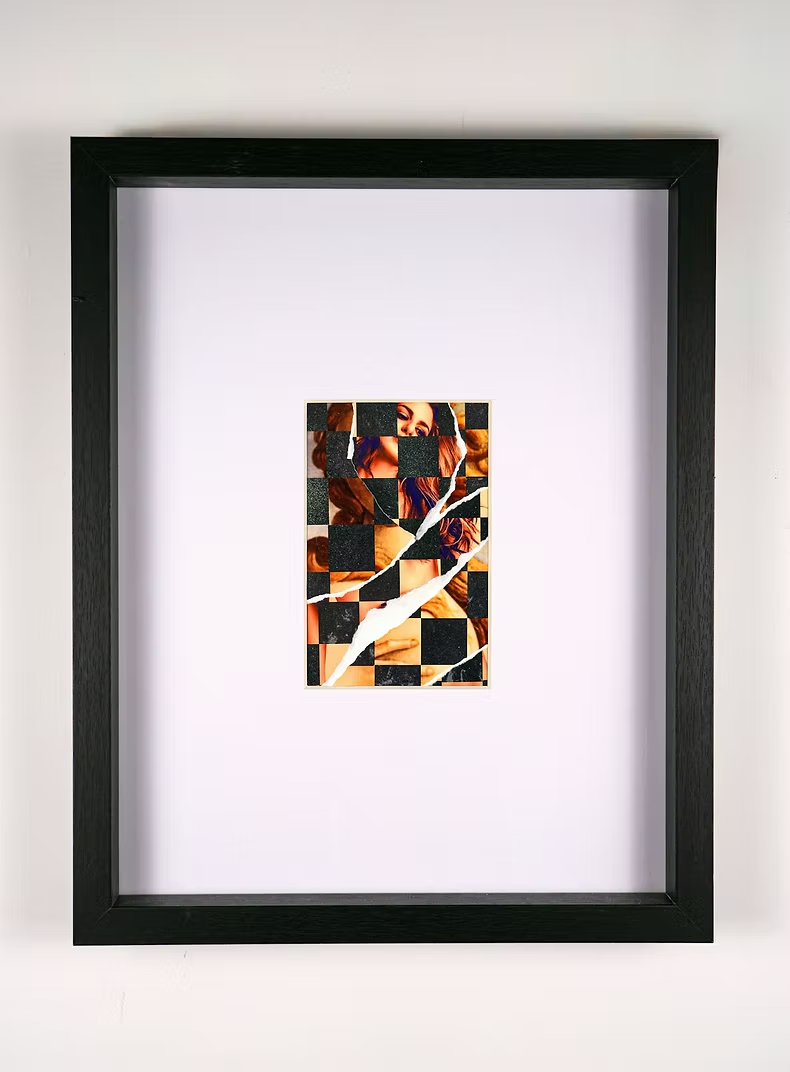
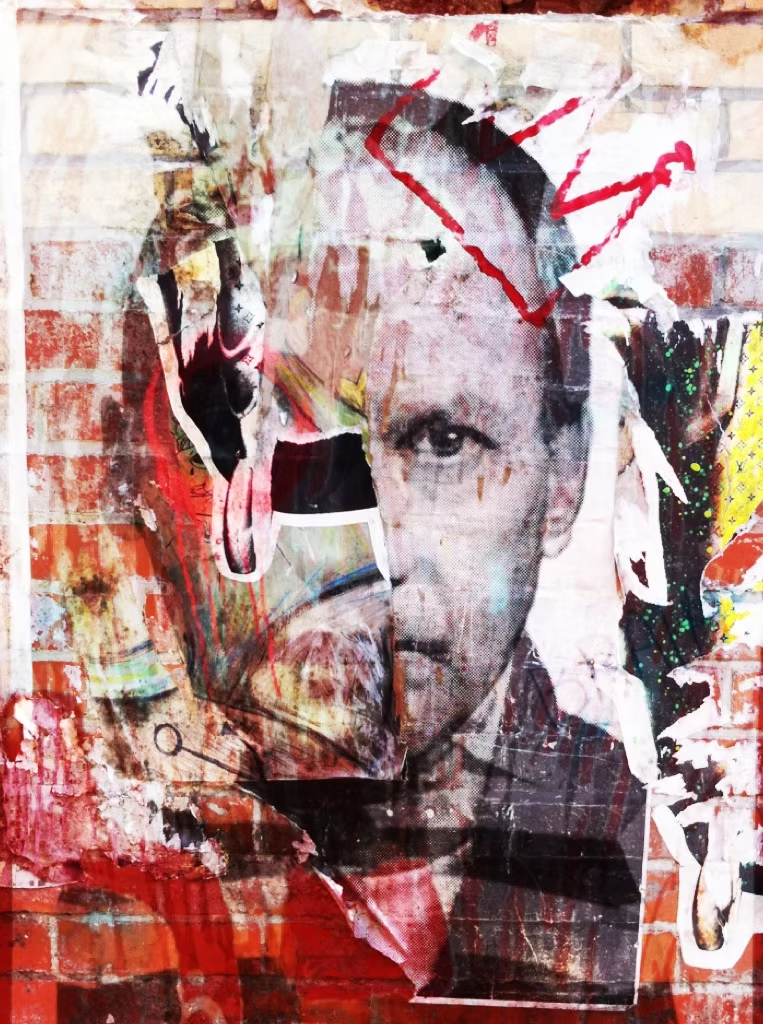
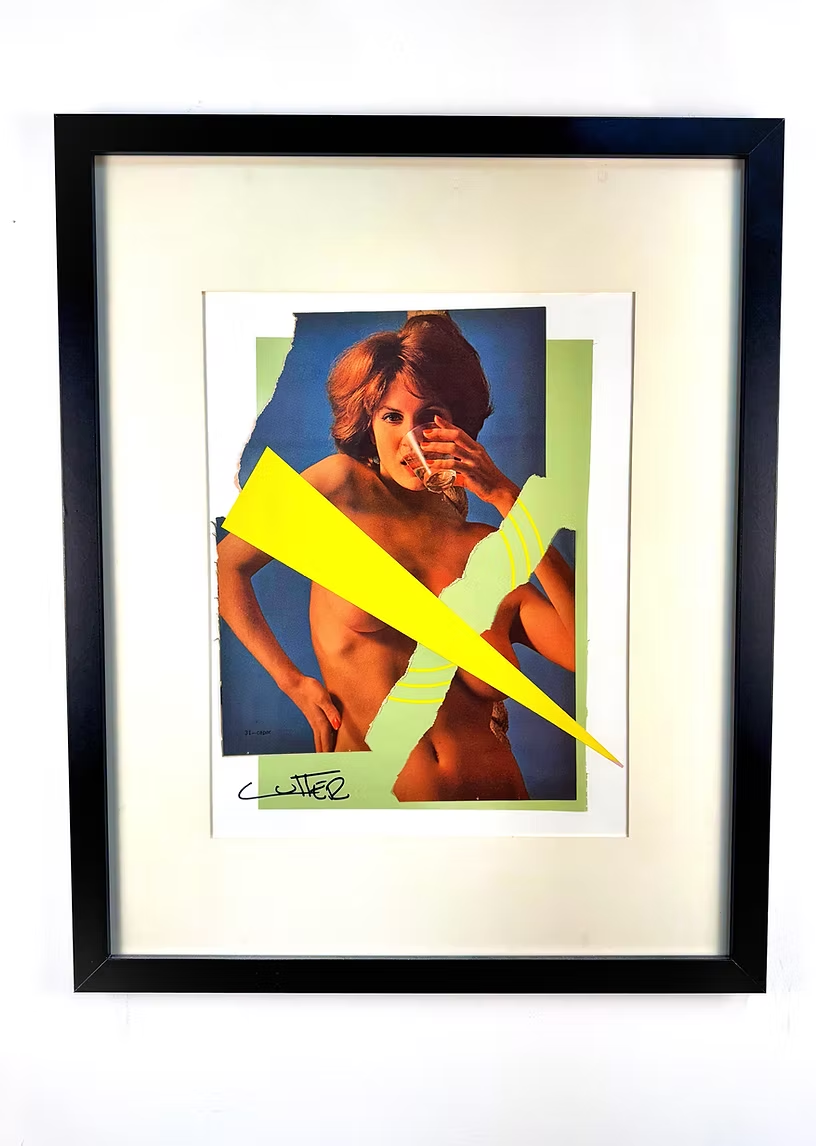
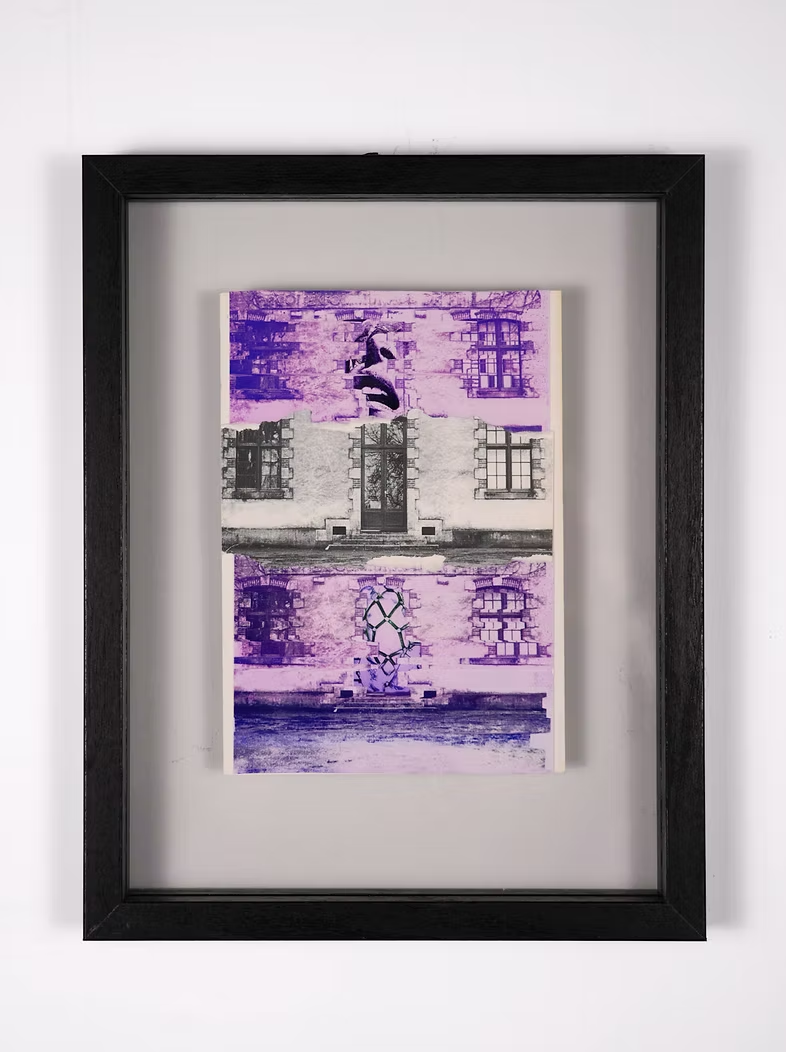
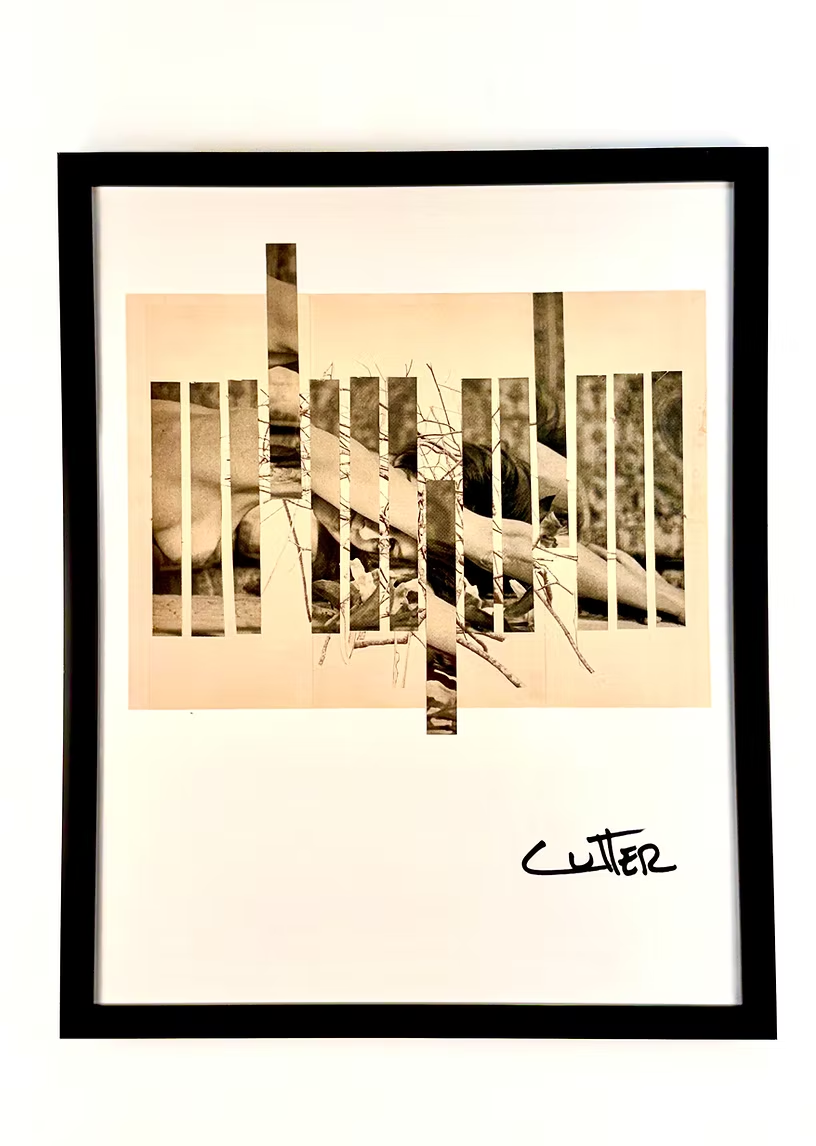
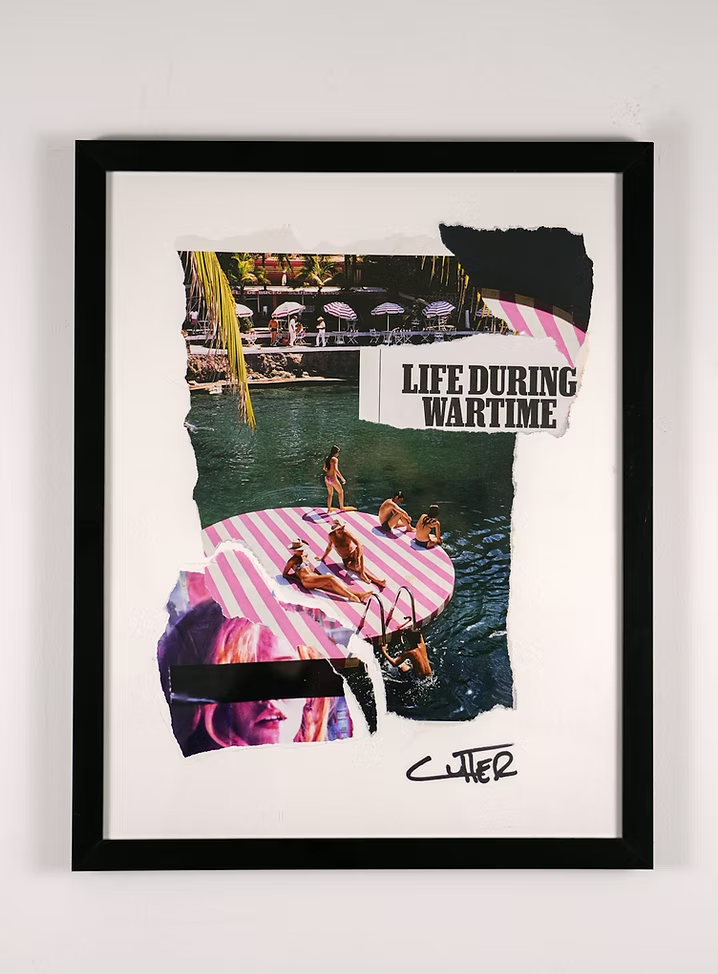



Comments